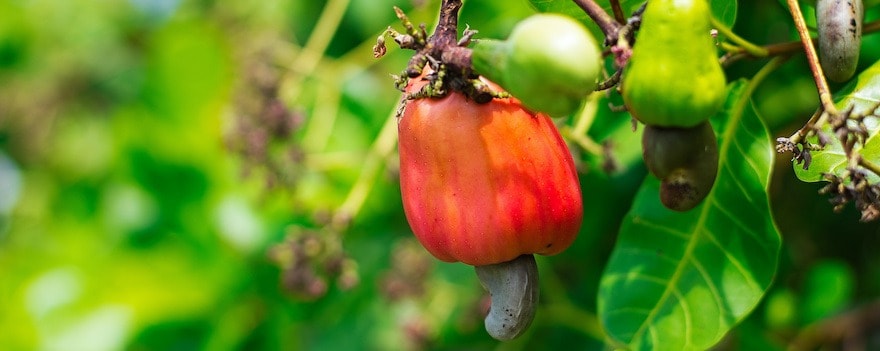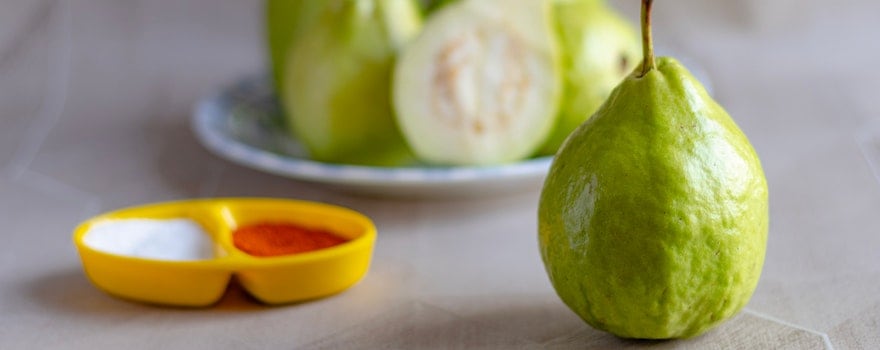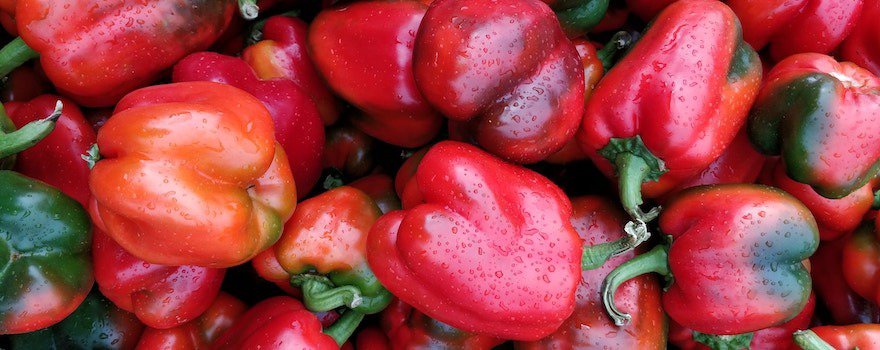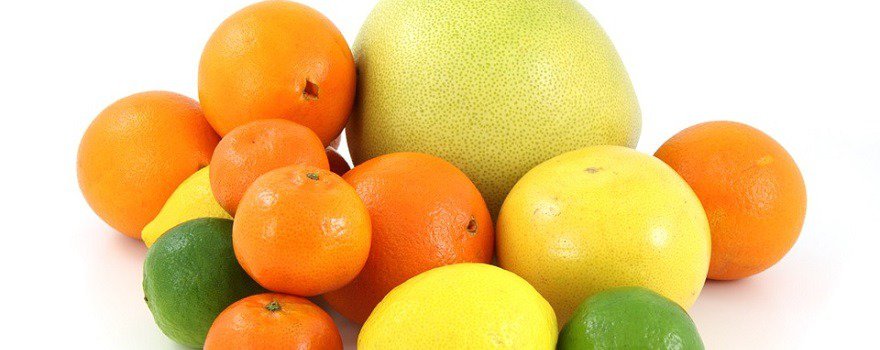Why consume foods rich in vitamin C ?
The benefits of vitamin C
Vitamin C is also called « ascorbic acid ». It is a water-soluble vitamin, meaning it is soluble in water, like the B-group vitamins. It serves many functions in the body.
On one hand, it is considered the vitamin of energy and vitality. It reduces fatigue and improves physical performance, as shown by this study.
Read also | Our tips for buying the best vitamin C
At the same time, it strengthens the immune system and boosts natural defenses.
It is particularly important during the winter season to fight colds, infections, and other winter ailments.
Finally, it has an antioxidant effect. It fights free radicals, prevents their buildup and helps prevent damage to cells.
Among its other benefits are improved absorption of iron, increased production of collagen, and even weight loss.
What are the vitamin C requirements?
Ascorbic acid is a vitamin that the body can neither produce nor store. Intake therefore comes from taking a dietary supplement or through food.
ANSES (French Agency for Food, Environmental and Occupational Health & Safety) recommends an intake of 110 mg/day for men and women.
To meet these daily needs and avoid deficiencies, prioritize foods rich in vitamin C.
Top 10 foods rich in vitamin C
Camu camu

camu camu is a small fruit with a tangy flavor. It is produced by the Myrciaria dubia, a tree native to the Amazon.
Very nutritious, it is among the fruits highest in vitamin C. It contains about 6 g per 100 g , which is 10 times more than an orange! A single teaspoon of camu camu powder provides 750% of the recommended daily intake (RDI).
How to consume it : fresh fruits are tart and bitter. Prefer the powder, which mixes easily into juices, smoothies, or milkshakes. You can also add it to yogurt, breakfast cereals, and desserts.
Acerola

Native to tropical regions, the acerola is a small cherry-shaped fruit. It has a high vitamin C content: nearly 2 g per 100 g.
It is all the more interesting that the vitamin C it contains is a natural highly bioavailable form. It is better absorbed by the body than synthetic vitamin C often found in dietary supplements and multivitamins.
How to consume it : acerola has a sweet and tart flavor. You can take it in powder form to mix into smoothies, juices, and yogurts. It also comes in tablets.
Cashew apple

The cashew apple is the fruit of the cashew tree, a tree from Brazil. It bears a nut at its end: the famous cashew nut. But here, it is the peduncle in the shape of a pear that interests us.
Indeed, it is an excellent source of vitamin C : about 500 mg per 100 g. That’s 4 times more than an orange and 8 times more than a pineapple.
How to consume it : it has a juicy and tart flesh. You can eat it raw, cooked, or as juice.
Guava

Guava is the tropical fruit of the guava tree, native to South America. Depending on the variety, it is shaped like an apple or a pear.
It has great nutritional qualities, including a high vitamin C content : about 400 mg per 100 g of fruit.
How to consume it : it can be eaten raw or cooked (compotes, jams…). Very refreshing, it is ideal in smoothies, juices, and fruit salads. Its flavor is similar to that of a peach.
Rosehip

The rosehip is the fruit of the dog rose, also called ‘wild rose’. It comes in the form of red-orange berries with a tangy taste.
The pulp of the berries can contain between 300 and 1300 mg of vitamin C per 100 g.
How to consume them : the berries can be eaten fresh (after removing the stinging hairs). You can also prepare them as herbal tea, syrup, or jam. Rosehip powder can be added to smoothies, juices, yogurts, and fruit salads.
Berries

Red berries are a good source of vitamin C. The blackcurrant, with 200 mg per 100 g, is certainly the most notable of all.
We can also mention the strawberry (54 mg per 100 g), the redcurrant (30 mg per 100 g), the raspberry (19 mg per 100 g) and the blueberry (10 mg per 100 g).
How to consume them : add red berries to your homemade desserts (cakes, tarts…), compotes, smoothies, and healthy juices.
Aromatic herbs

When added to your dishes, aromatic herbs help enrich your diet and increase vitamin C intake.
The parsley contains 190 mg per 100 g and thyme 160 mg per 100 g. We also recommend dill (70 mg per 100 g), chives (40 mg per 100 g), and basil (15 mg per 100 g).
How to consume them : simply add them to your dishes, juices, and green smoothies to flavor them. Use fresh aromatic herbs whenever possible.
Peppers

Bell peppers provide significant amounts of vitamin C. Indeed, they contain on average 120 mg per 100 g, whether green, yellow or red.
How to consume them : you can eat them raw, cut into strips and added to salads or sandwiches. They can also be prepared stuffed or in ratatouille.
Cabbages

Cabbages, and cruciferous vegetables in general (broccoli, arugula, turnip…), contain a noteworthy amount of vitamin C. But there are nutritional differences depending on the varieties.
The kale kale, for example, contains about 120 mg per 100 g. Broccoli, for its part, contains 90 mg per 100 g compared with 60 mg for Brussels sprouts.
How to eat them : cabbages can be eaten raw, grated in salad, or cooked (steamed, mashed…). You can also ferment them.
Citrus fruits

Citrus fruits are known for their high vitamin C content. The orange, which is probably the best known, contains 53 mg per 100 g.
Lemon zest, for its part, provides 130 mg of vitamin per 100 g. You can also consume grapefruit (60 mg per 100 g), clementines (50 mg per 100 g) or kumquat (45 mg per 100 g).
How to eat them : fresh, as juice, in fruit salads… Add grated lemon zest to cakes or to your salads.



